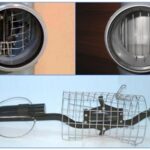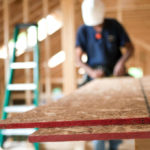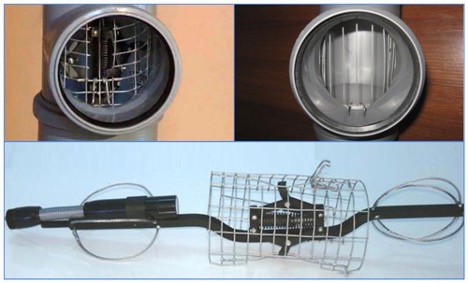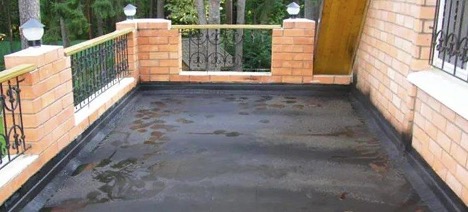Ventilation of a cesspool made of concrete rings: how to do it in a private house
Organizing a high-quality ventilation system in cesspools is a key aspect of ensuring comfort and safety in a private home. In this article we will look at how to properly ventilate a cesspool made of concrete rings, taking into account the features of its design and operation.
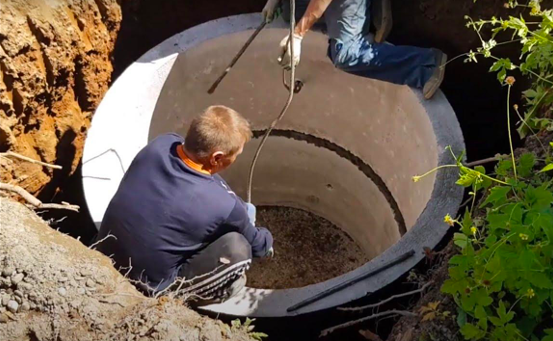
The content of the article
Is ventilation needed in a cesspool: the main reasons
The first question that arises among owners of private houses is whether ventilation is needed in the cesspool? The answer is clear: yes, it is necessary. The main reasons for this:
- The ventilation system helps effectively remove unpleasant odors. It prevents their spread throughout the area and in the living area.
- During the decomposition of waste, methane is produced. It is dangerous in high concentrations.
Main elements of the ventilation system
It is important to understand that ventilation of a drainage pit in a private house must include several key elements. Here are the main ones:
- the ventilation pipe is the main element of the system, ensuring the removal of gases and odors;
- an inspection hatch is necessary for maintenance and cleaning of the pit;
- The filter helps prevent insects and dust from entering the ventilation system.
How to make ventilation: step-by-step instructions
In order to organize ventilation of a cesspool in a private house, you should follow a certain sequence of actions:
- Choosing a pipe installation location. It is better to place the pipe at the maximum distance from living quarters and windows.
- The pipe must be installed vertically, above the level of the roof of the house, so that odors are carried away by the wind.
- All connections must be sealed to prevent odors from escaping.
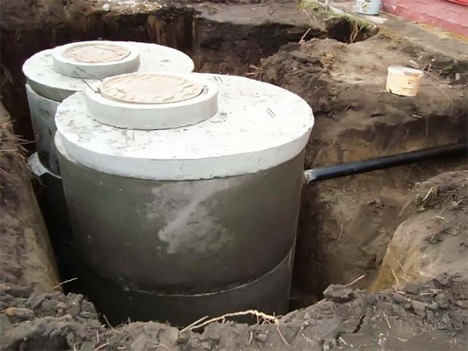
Ventilation of a drain pit in a private house: diagram and recommendations
Let's consider the ventilation of a drainage pit in a private house. The main element is the ventilation pipe, which must be connected to the pit itself. The upper part of the pipe is equipped with a deflector or mesh to prevent the entry of precipitation and debris. It is recommended to use pipes made of PVC or other corrosion-resistant materials.
Installation mistakes and how to avoid them
When installing cesspool ventilation in a private home, mistakes are often made that can lead to system inefficiency and other problems. To avoid them, the following points should be considered:
- Incorrect choice of pipe installation location. The ventilation pipe should be located away from the windows and doors of the house to prevent odors from penetrating into the living space.
- Ignoring pipe height. The pipe should protrude 50-100 cm above the roof of the house to ensure effective removal of gases.
- Lack of tightness of connections. All joints and connections in the ventilation system must be sealed. Neglecting this may result in odors leaking.
- Failure to take into account atmospheric influences. It is important to install a baffle or protective screen at the top end of the pipe to protect against precipitation and debris.
By avoiding these common mistakes, you can significantly improve the efficiency of drainage pit ventilation in a private home and ensure comfortable living conditions.
Conclusion
Thus, organizing an effective ventilation system for a cesspool in a private house is an important step towards creating a comfortable and safe living environment. By following these recommendations, you can carry out the necessary work yourself, ensuring the proper level of hygiene and safety in your area.

